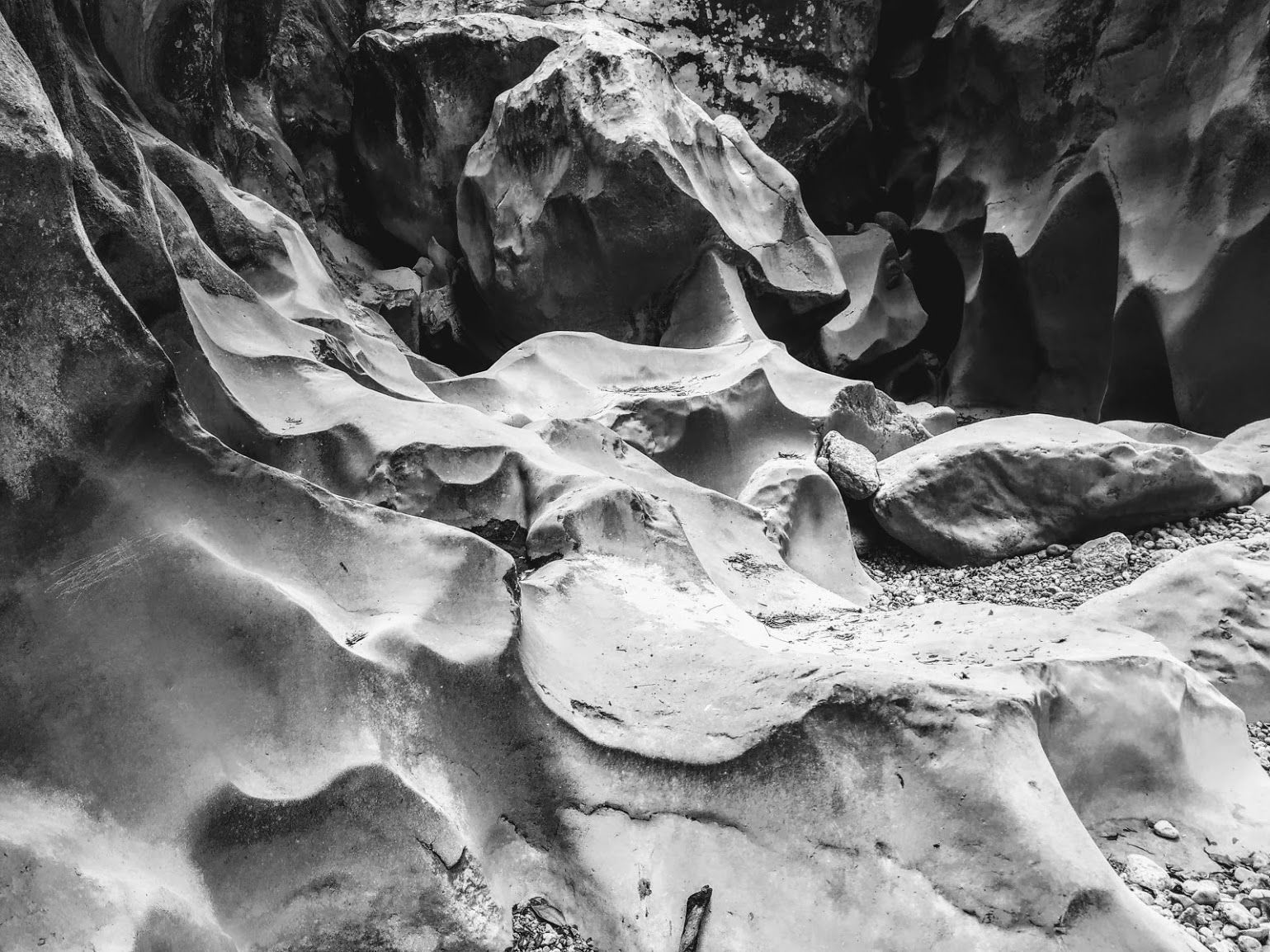Going down and up the famous canyon on Mallorca.
The Torrent de Pareis is a 4km long and several hundred meters deep canyon that drains rain water from the Tramuntana mountains into the sea by the beach of Sa Calobra. Going down through the canyon is maybe the most famous hikes/scrambles on the island. Typically people start in Escorca at 600m, hike into the canyon and follow it down to the sea. From there you can take a boat to Port de Soller or go back up via the Sa Calobra road (itself very well known among road cyclists).
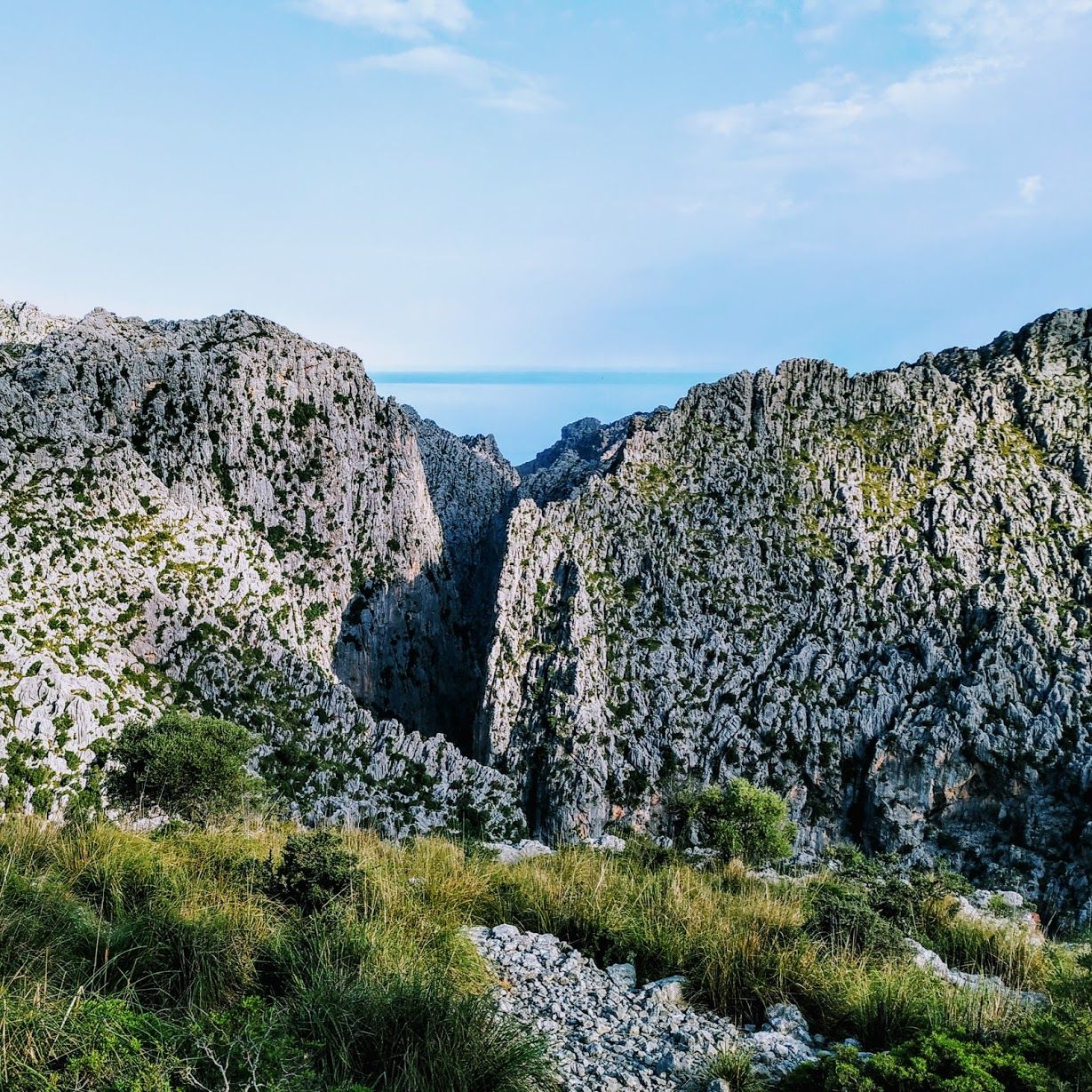
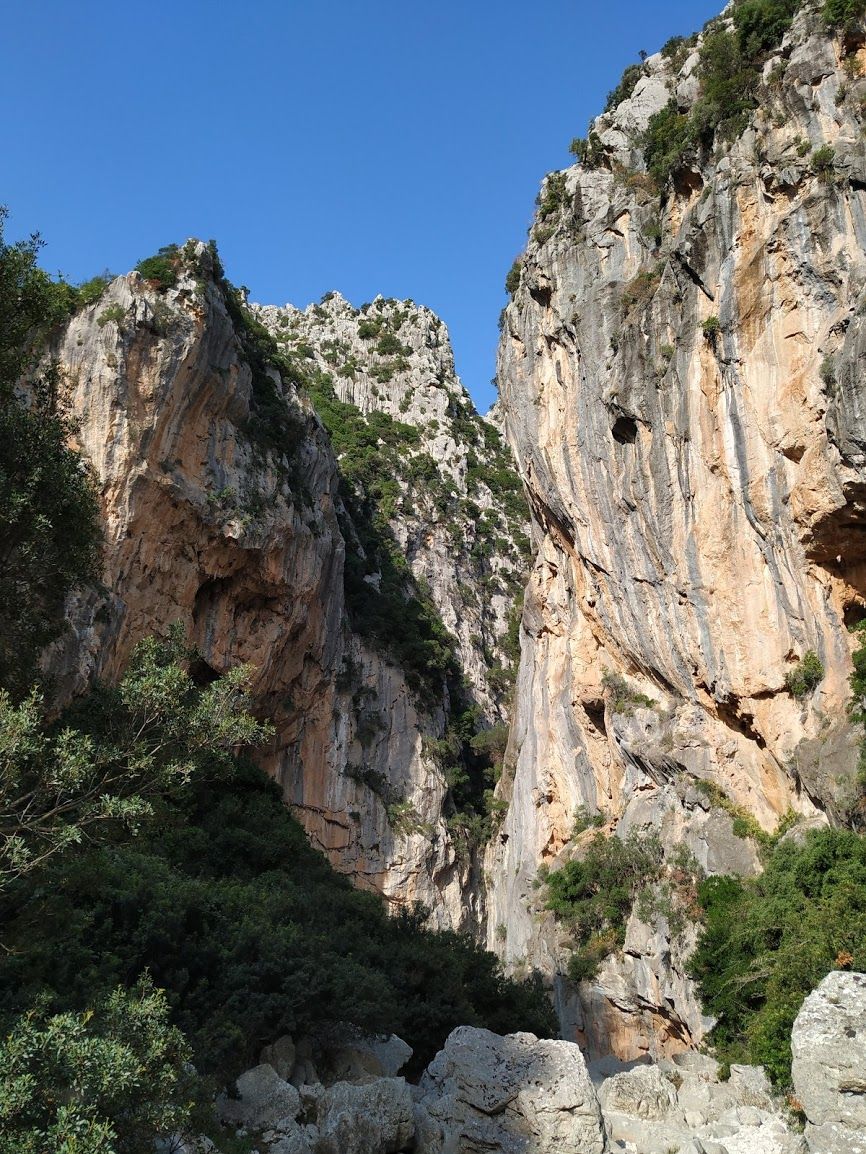
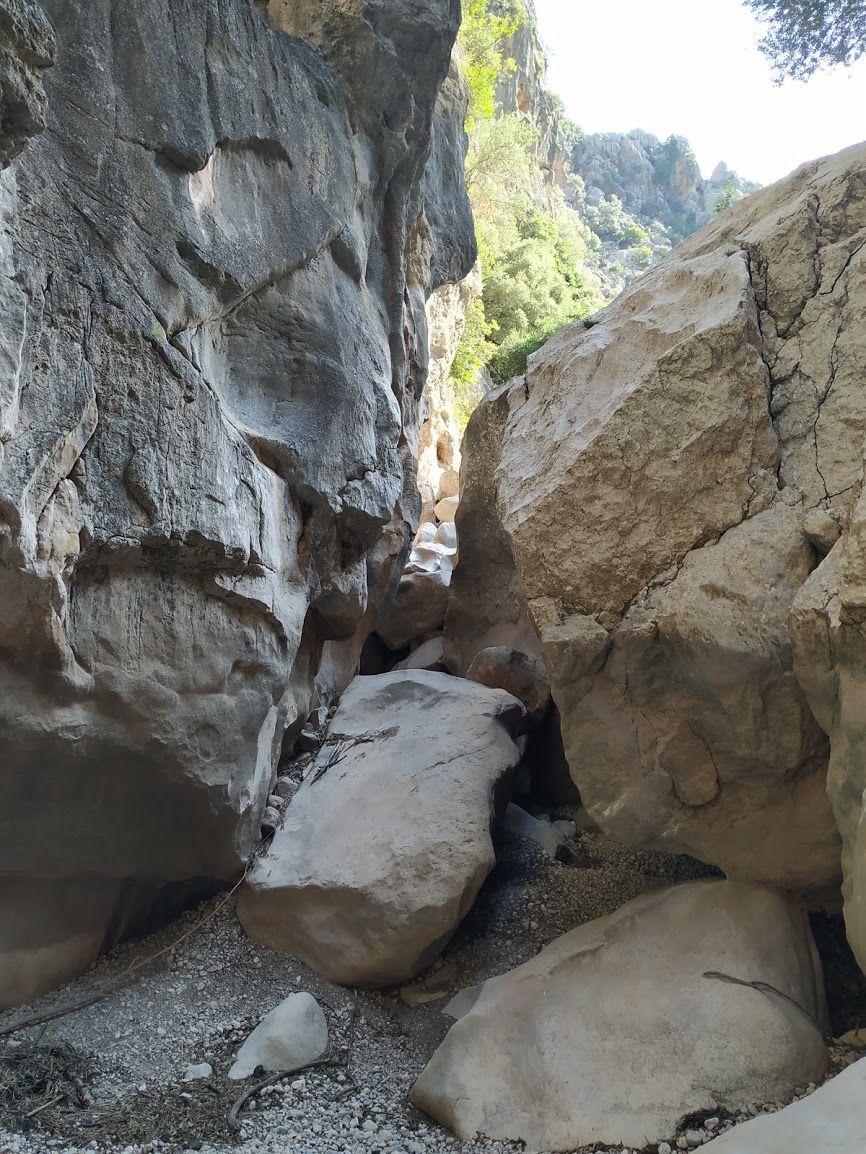
The opinions about the difficulty of the route and the time vary quite significantly with times ranging from three to eight hours. In terms of technical difficulty there are a few climbing and harder scrambling bits but those are protected by fixed ropes usually (foreshadowing...).
As the logistics did not line up for me otherwise I decided that I would need to go down the canyon first and then go back up the whole way. Taking into account the time estimations I was potentially looking at a ten hour trip. Accordingly I packed more water and food than I was expecting to need and started at 8:30am from the car park (which in turn meant a very early start from home...).
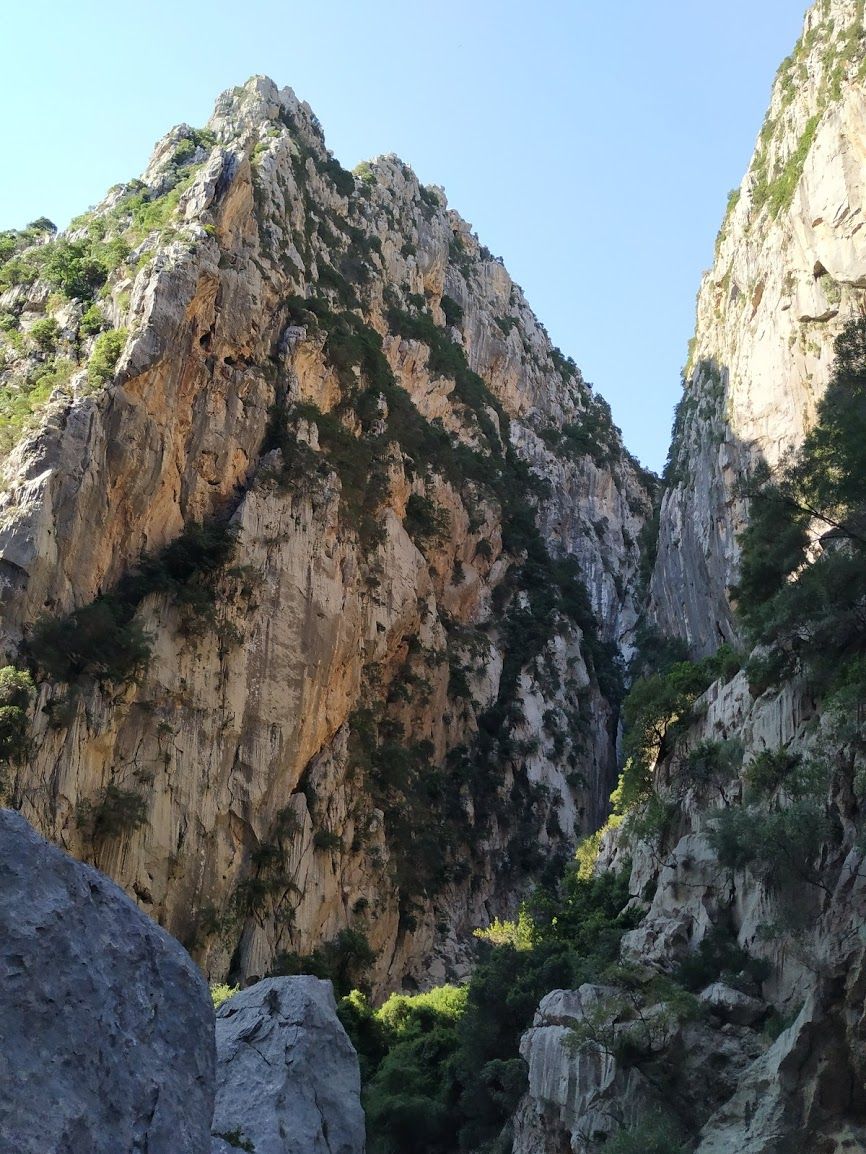
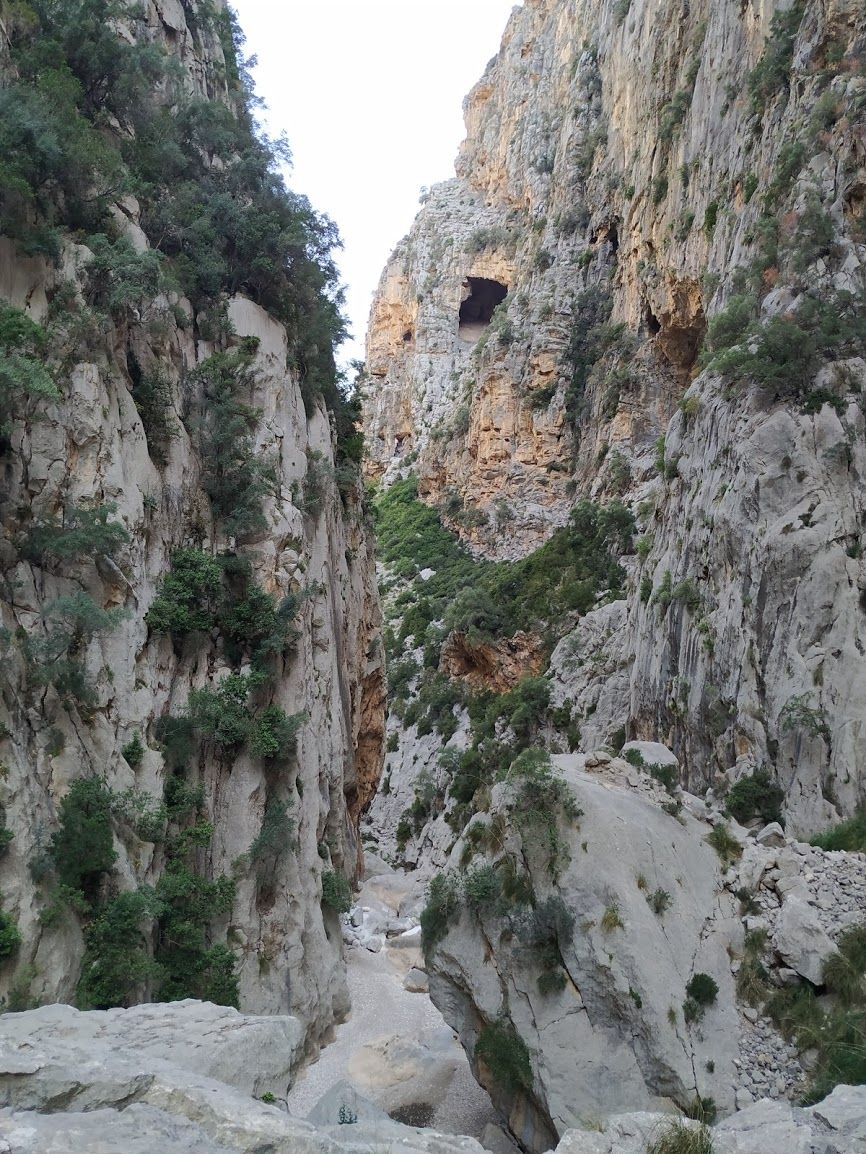
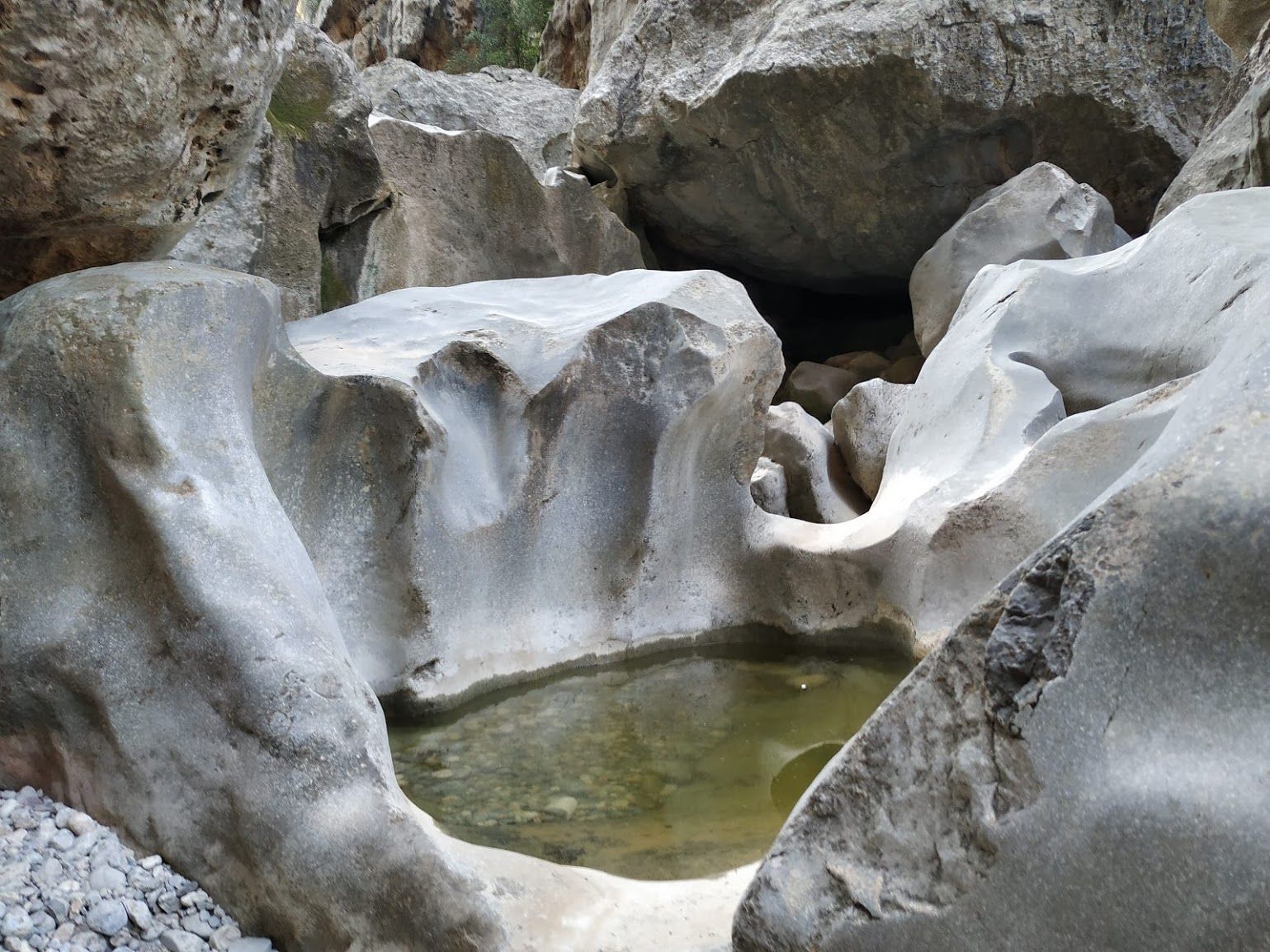
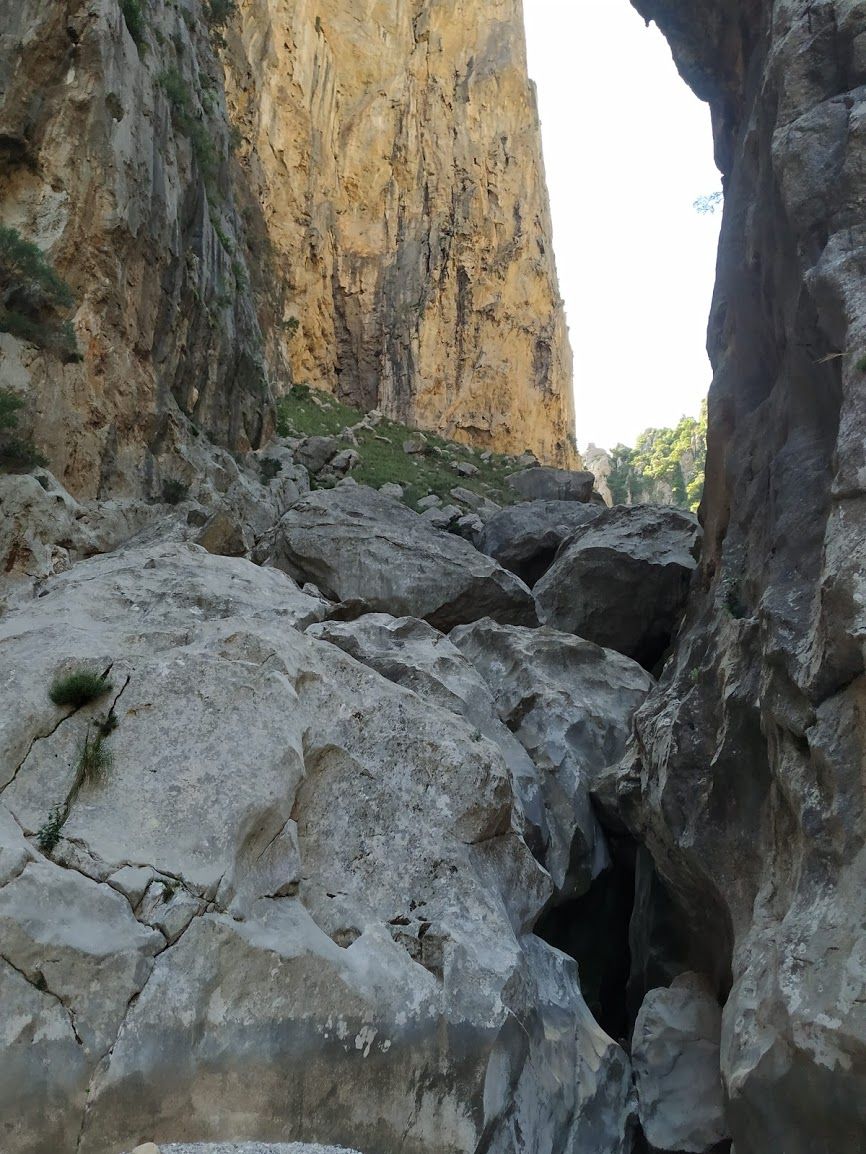
The first bit down to the canyon itself is typical Tramuntana hiking: Steep trails over sharp rocks with stunning views. I reached the Torrent after about 45 min and started the actual descent towards Sa Calobra. The canyon is filled with boulders ranging from half a meter across to the size of three story buildings. Most of the time you can just hop from one to another but in some spots finding the way through the mess is quite tricky.
Early another canyon joins the Pareis. At this place the walls are very impressive and especially the giant face called S´Entreforc stands out. There are several climbing routes on that face - all of them long and quite difficult.
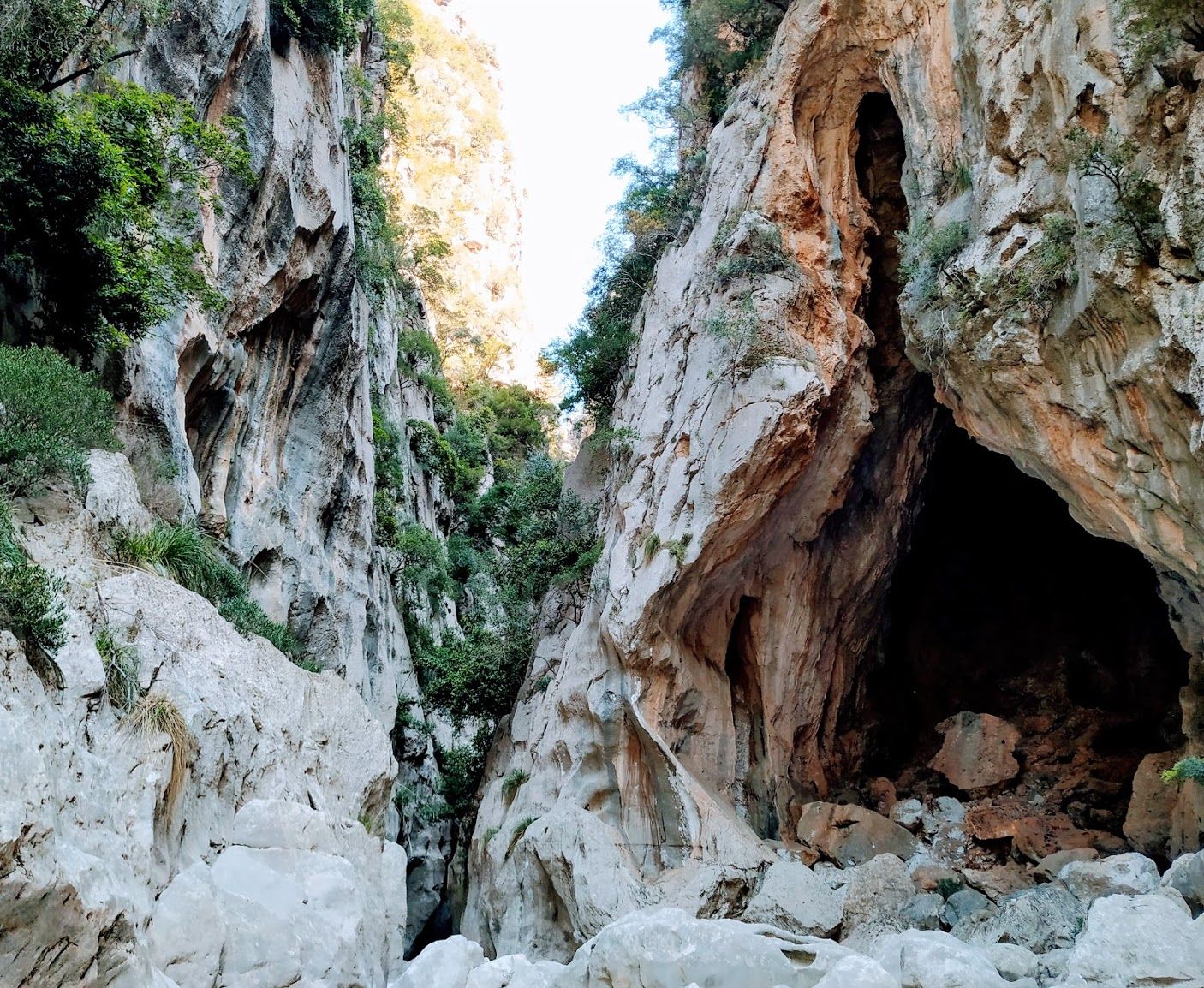
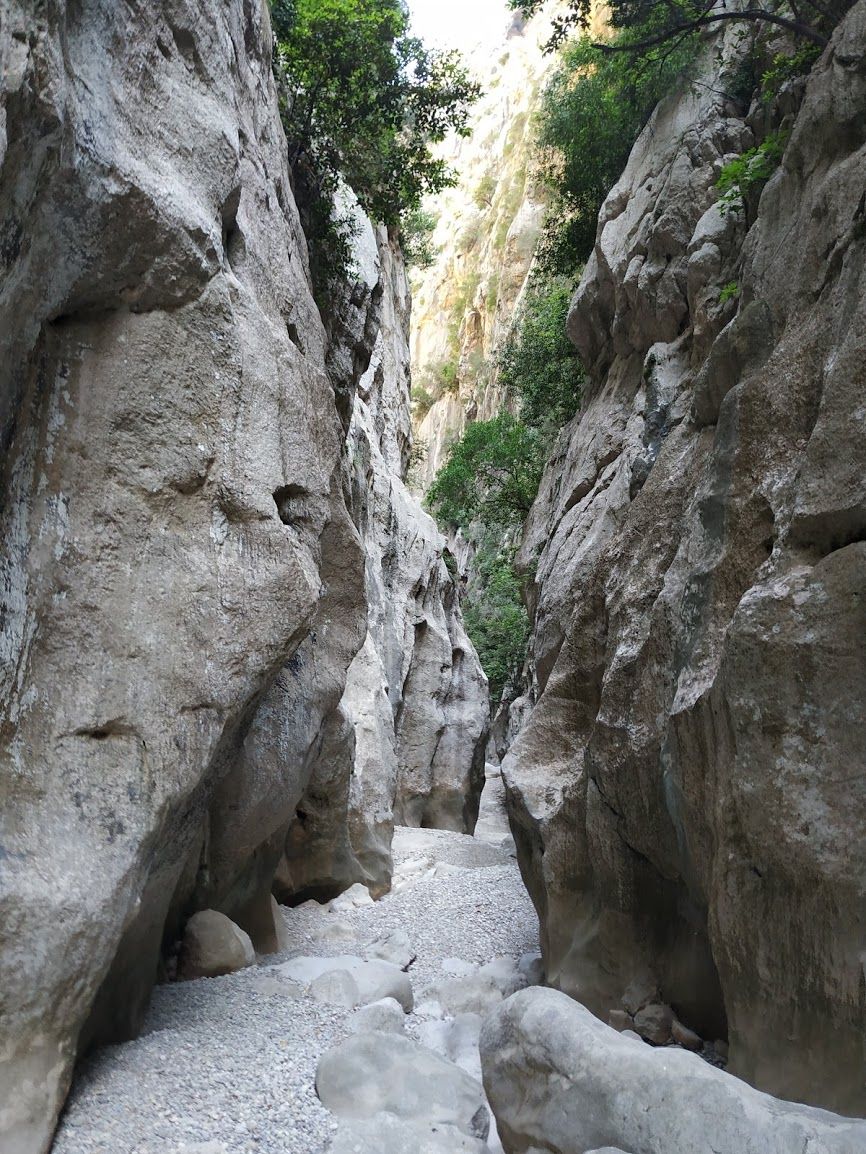
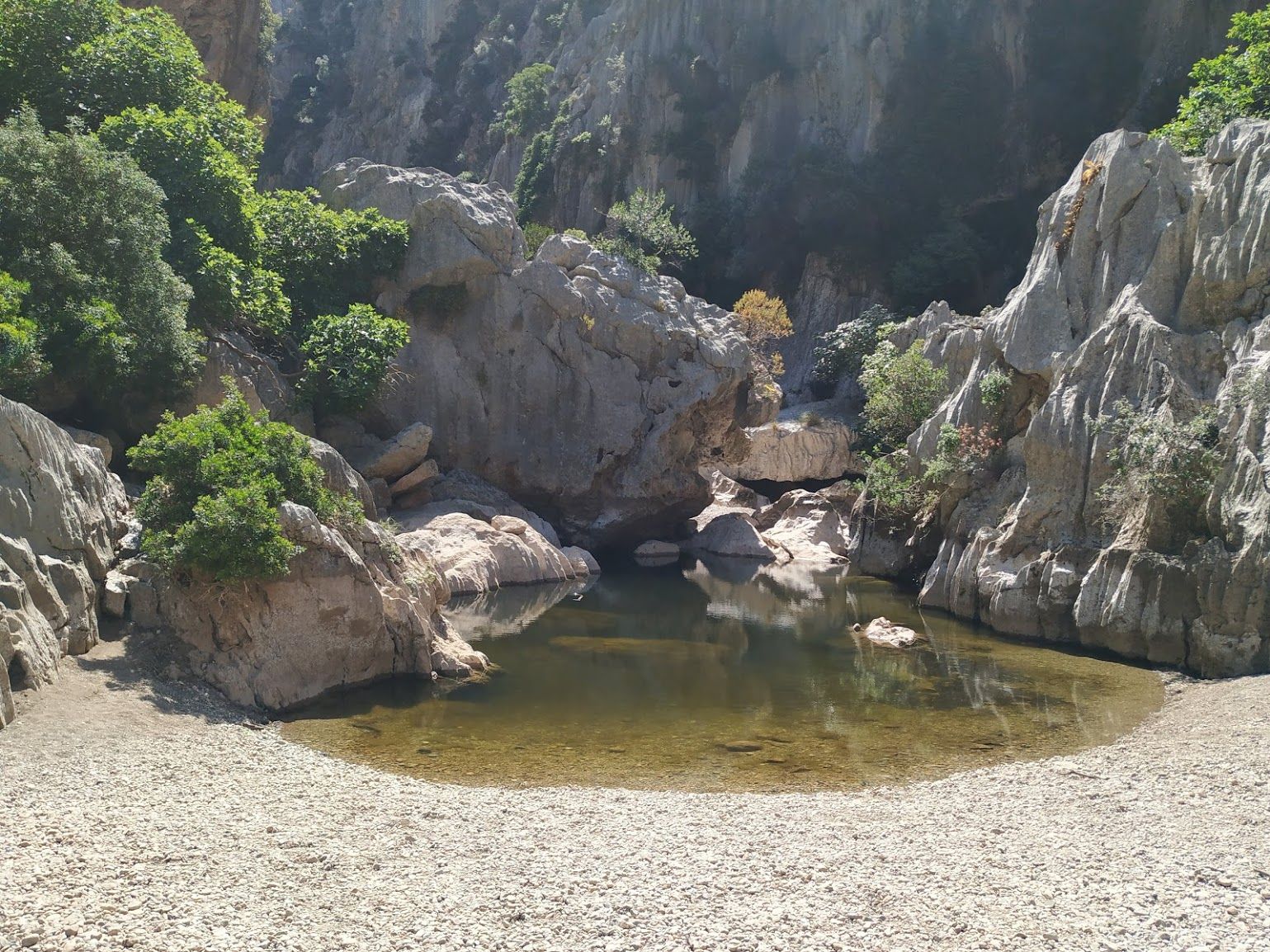
About halfway down the most difficult bits are clustered. There are climbing rappelling anchors at some places and normally ropes are fixed here - however there were none when I was going down (my guess is that the Covid19 lockdown and the lack of tourists are to blame). Without ropes some spots are rather unnerving to downclimb and I made sure that I could also get back up knowing I would need to get back to my car later on.
Almost all the way down the canyon is flanked by 300-400m high vertical walls and at times less than 15m wide. The rock down there has been formed by the water into bizarre almost modern art shapes and going down completely alone with only the endemic frogs and birds making any sounds is quite surreal.

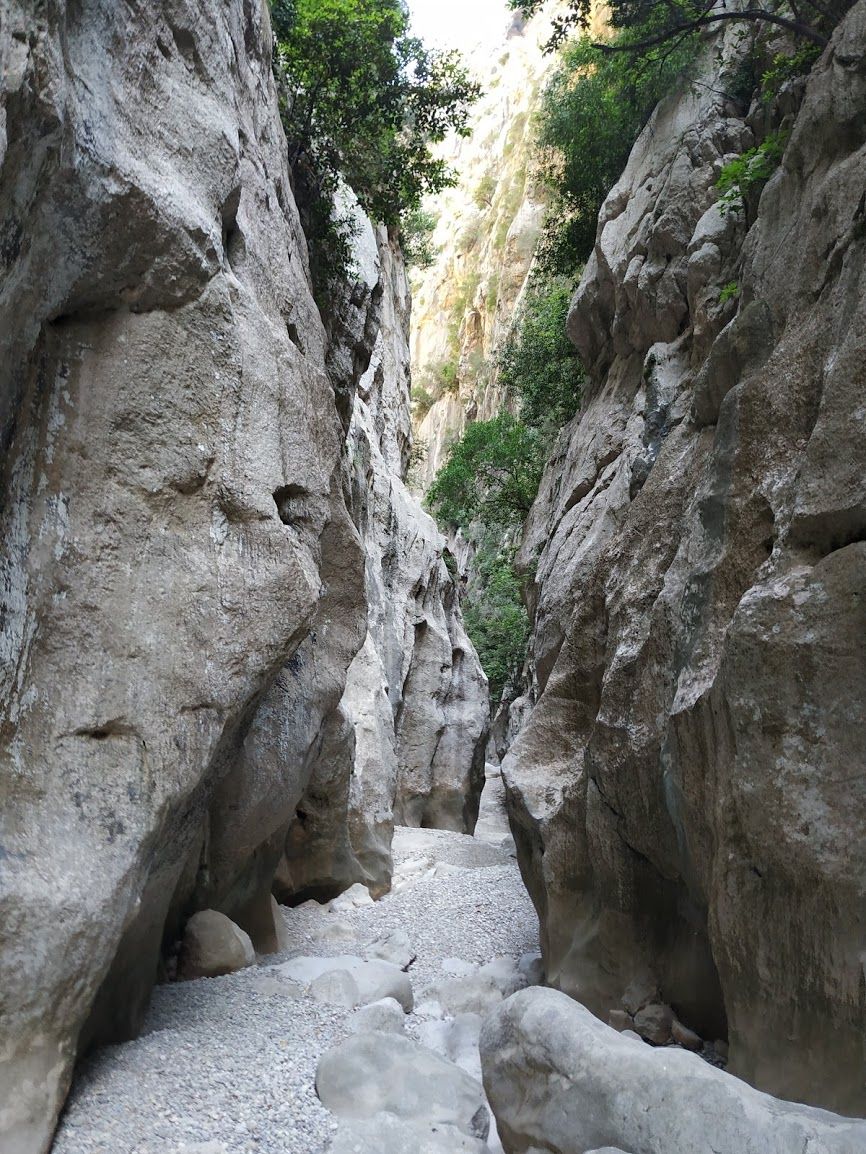
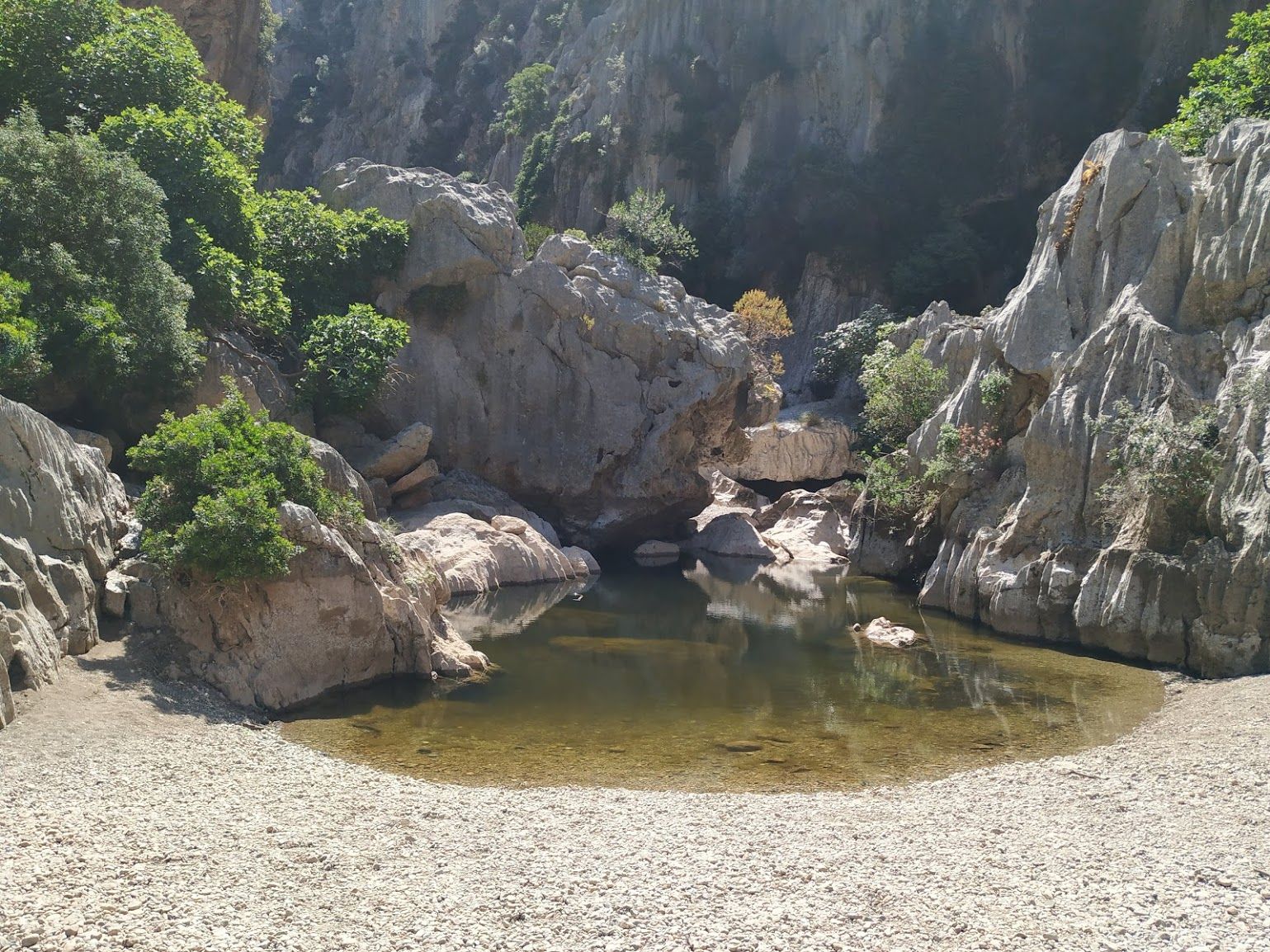
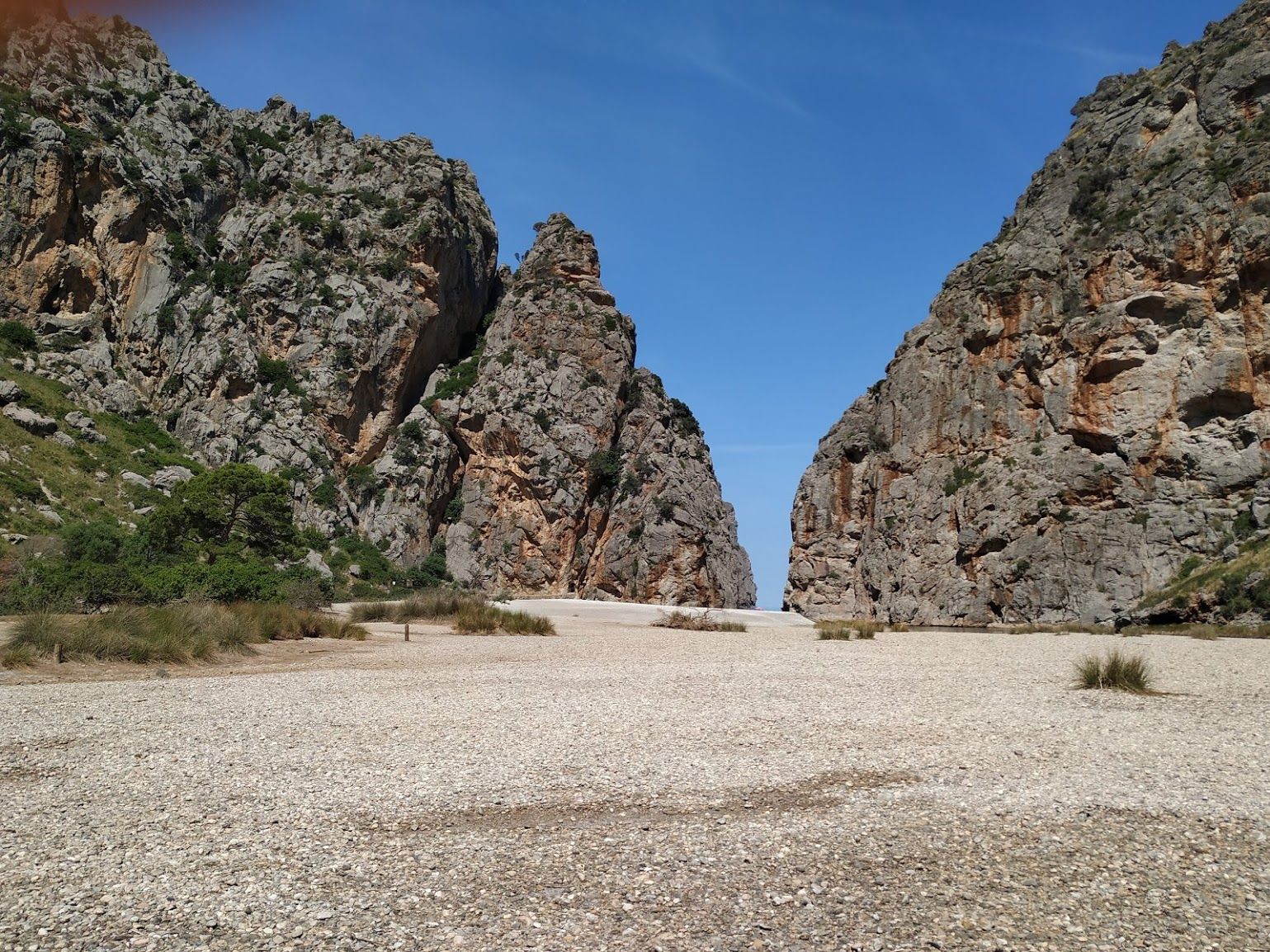
Upon getting closer to the sea the canyon opens up and finally ends in a spectacular rock amphitheatre. I had closely watched the time while going down so that I would have more than enough daytime left to get back up and to the car. It took me three hours to get from the top to the bottom which left more than enough time for a break on the beach.
Going back up was actually easier than going down as I did not have to do as much route finding and climbing up through the difficult bits felt better than going down - I actually moved faster up than down. Finally the steep hike out of the canyon back to the car park in the midday sun was quite tedious and I reached the car after 5h30.
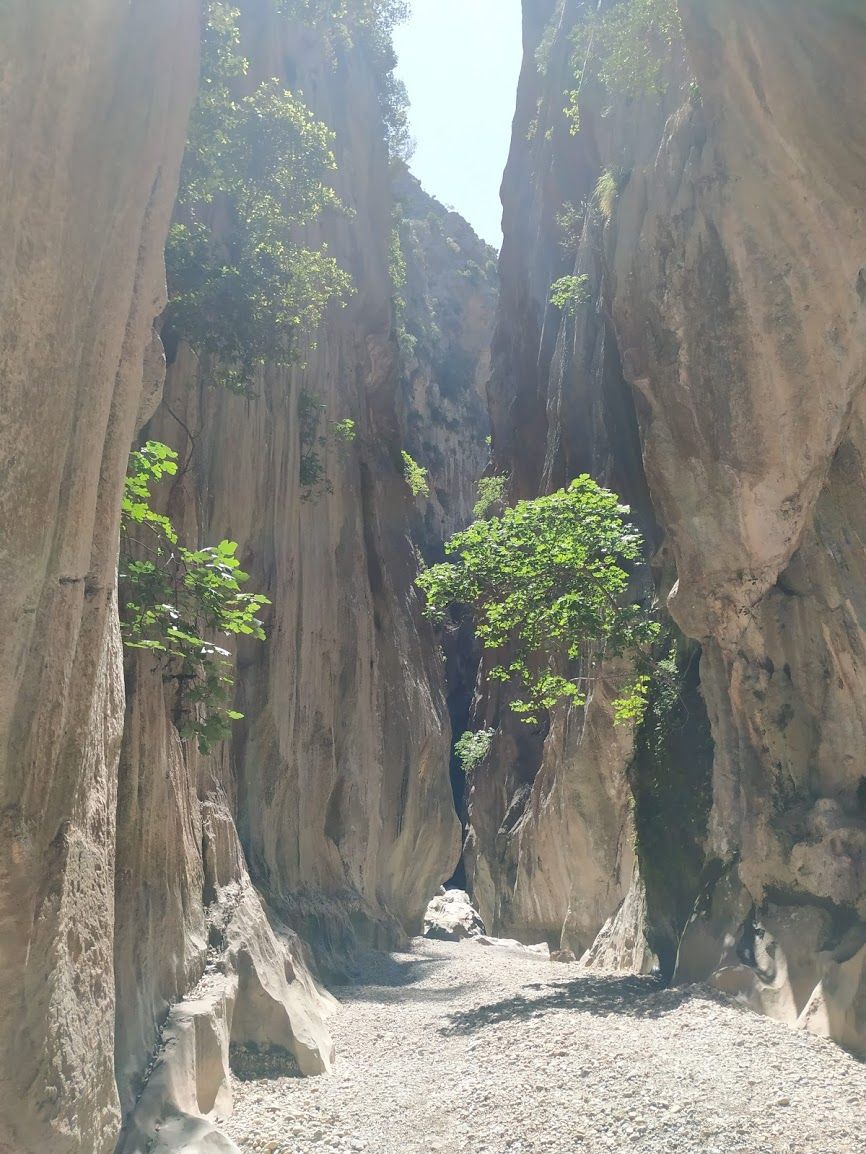
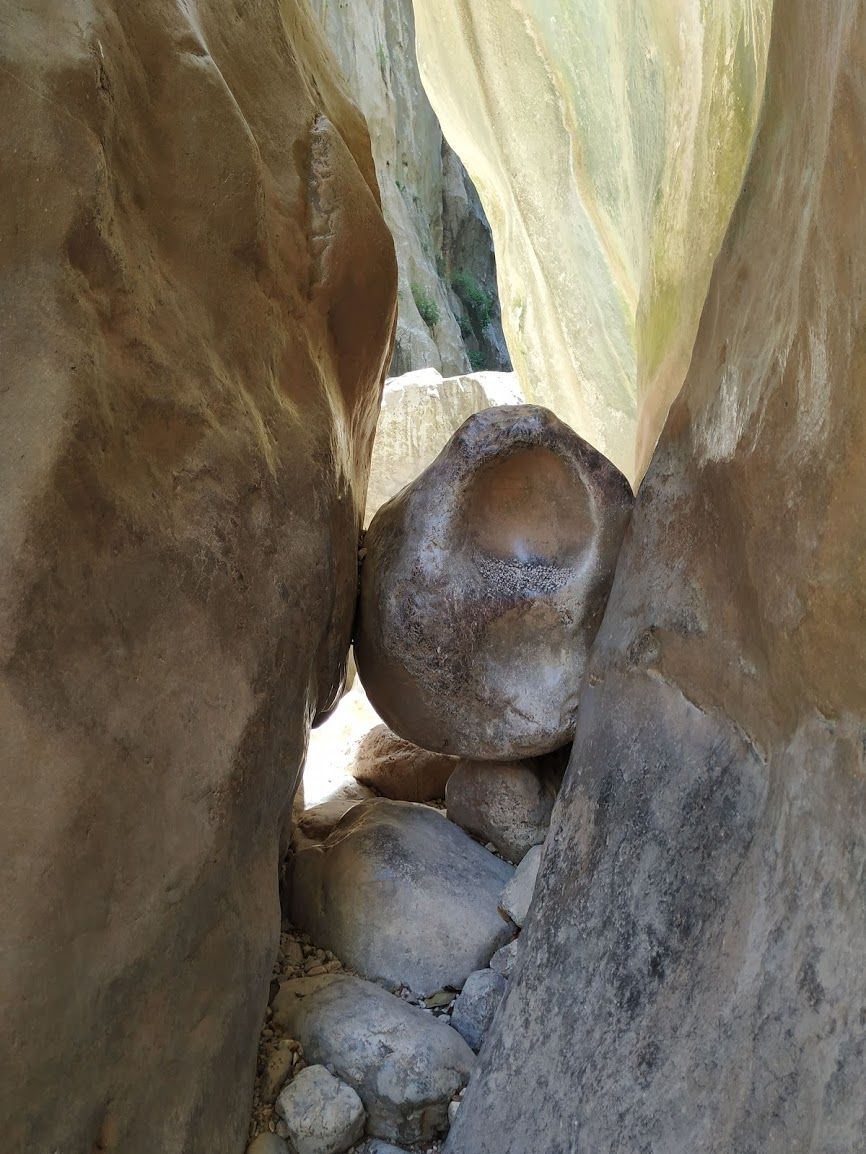
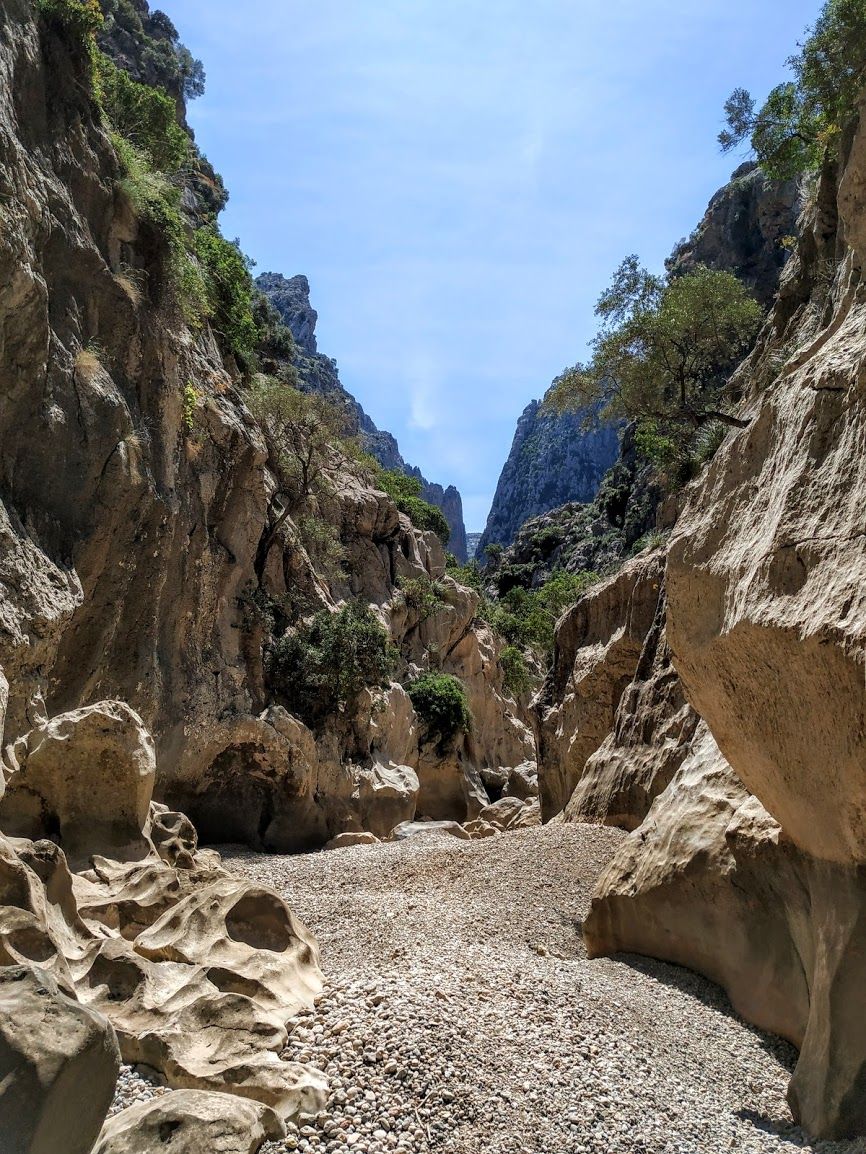
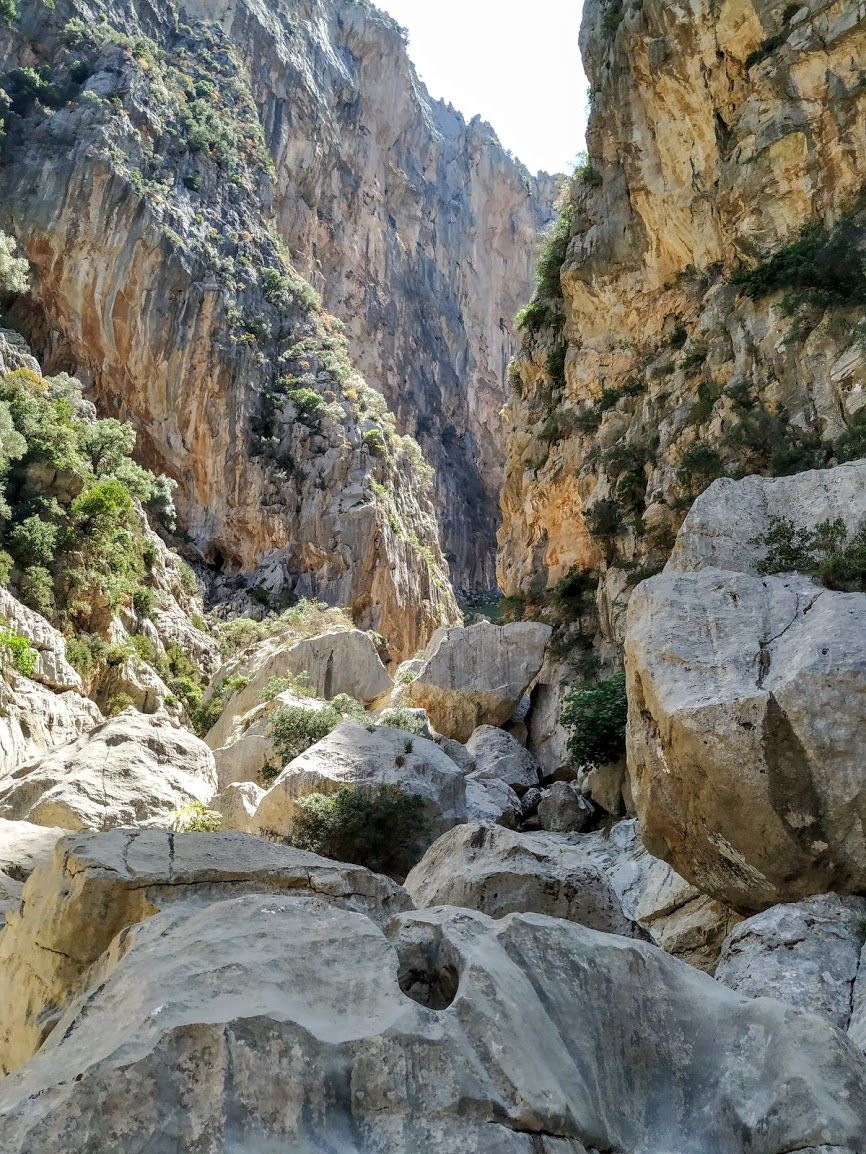
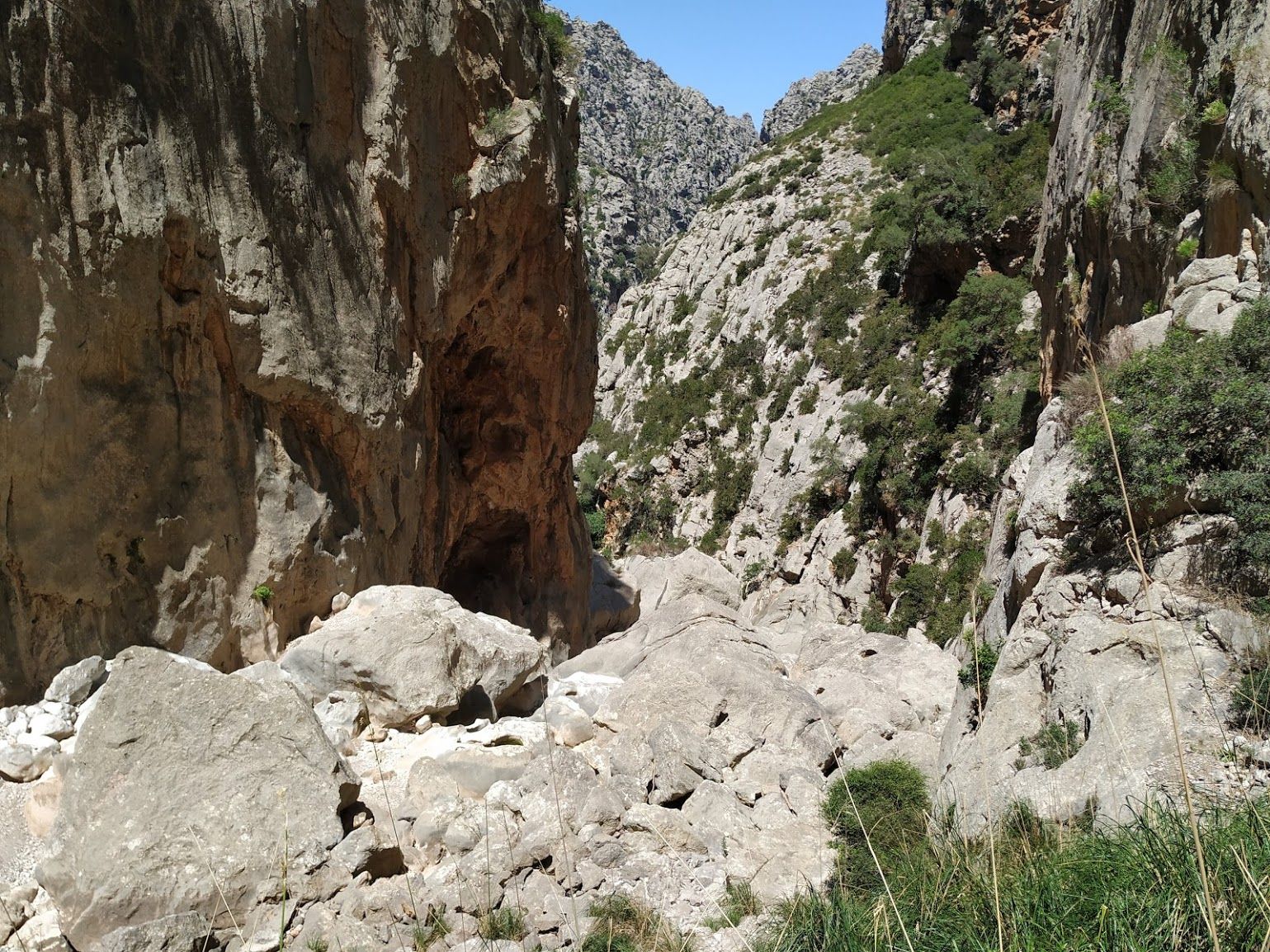
The Torrent de Pareis is definitely a bucket list tour for any fit hiker who does not mind a bit of scrambling. For the difficult bits I would recommend a rope if you are not comfortable climbing short bits unprotected (I actually had 10m of accessory cord with me which was a bit too short to be super useful). Going through the canyon both ways is very doable as long as you are fit and there are no delays due to route finding, traffic or rest water from the last rain.

Adventurer: Bengt

